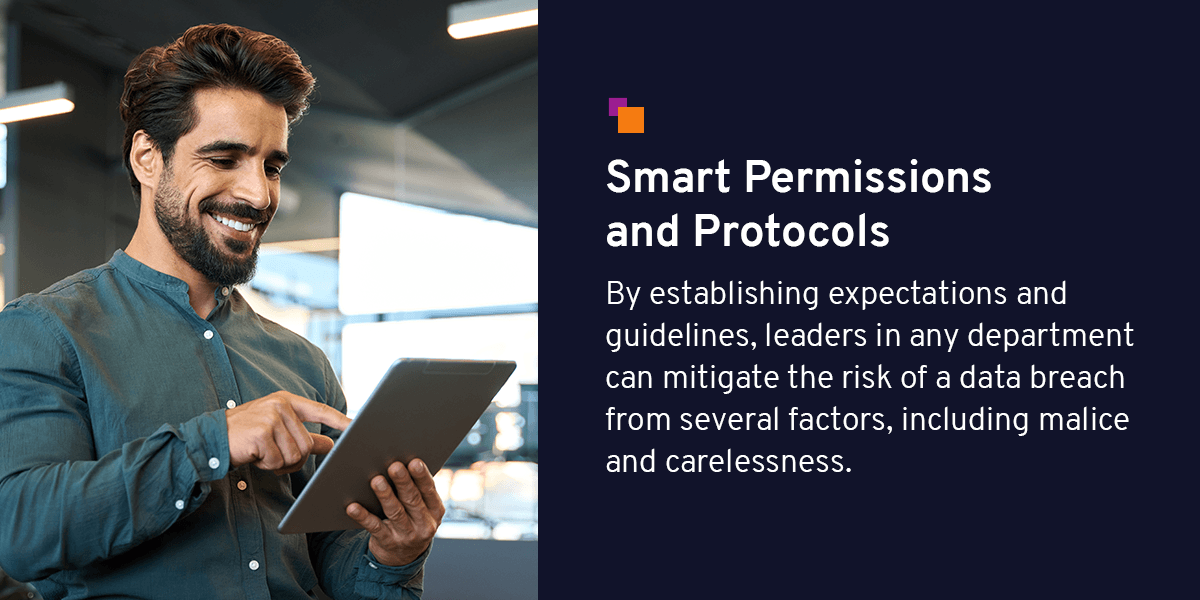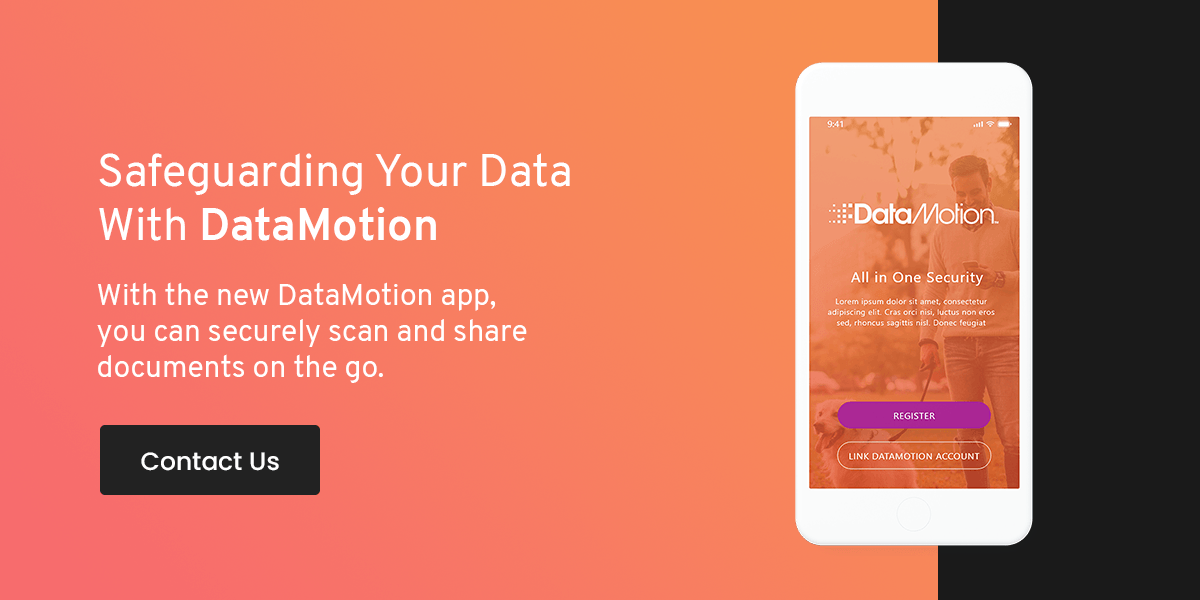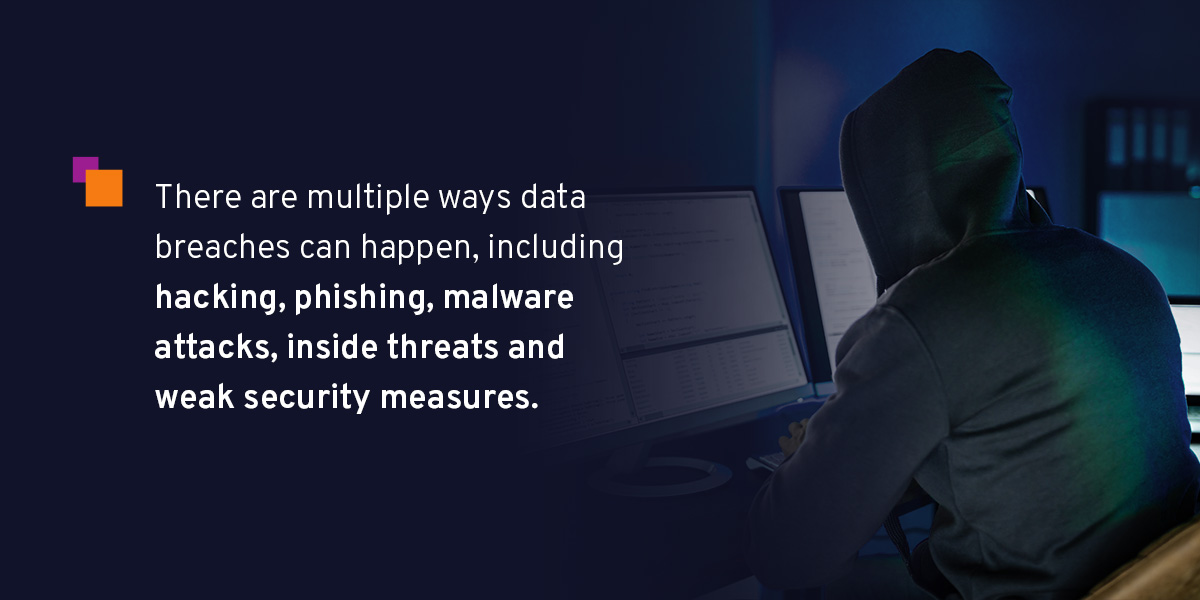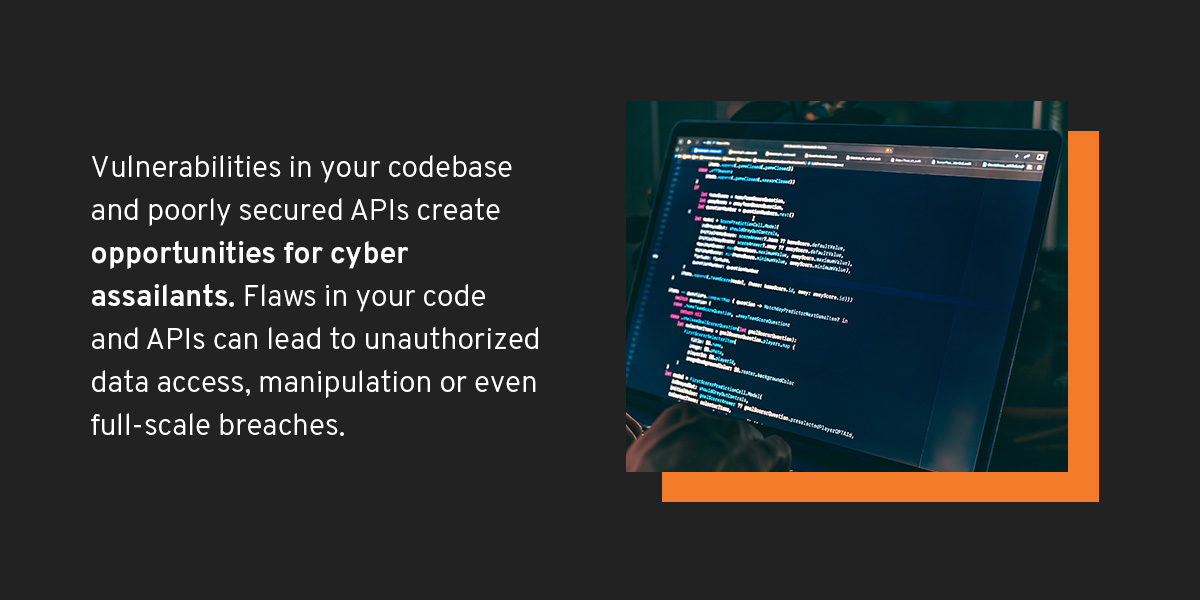The High Stakes of Data Exchange on Insecure Social Channels: A Technical Approach and Solution
The ubiquity of data exchange in our interconnected world has become more pronounced with the availability of social channels like Twitter and Facebook. Despite their convenience, these social channels are notorious for their lack of privacy and security. Even Elon Musk, the new owner of Twitter, recently underscored the insecurity of Twitter’s private messaging system. So why is there not more public concern? This can be attributed to the overwhelming convenience of these platforms and a general resignation to their lack of privacy. While Twitter acknowledges the importance of addressing data privacy and security concerns, their recent efforts to enhance security measures still fall short of providing an acceptable solution. The question remains: will unsuspecting users perceive these measures as sufficient, or will they more deeply examine data privacy issues? We’ll dig into those details shortly.
The Risks of Exchanging Sensitive Data on Insecure Social Channels
Contact centers such as Genesys have long embraced social channels like Twitter and Facebook for participating in seamless back-and-forth communication. However, this flow is disrupted when highly regulated data enters the conversation. As a contact center starts to handle information for regulated industries like Financial Services, Healthcare, or Government, the dialogue swiftly escalates from “what error message are you getting on your printer” to “what is your account number and social security number.” Everyday social channels are ill-equipped for this level of data exchange, leaving contact centers in a dilemma.
The risk heightens when sensitive data, including Personally Identifiable Information (PII), Payment Card Industry (PCI) data, and Protected Health Information (PHI), is exchanged on insecure social channels. This could lead to detrimental consequences for both individuals and businesses. Picture an employee, attempting to cater to a customer’s preferences by sending PII through Twitter’s private messaging system after receiving it via the same channel. The moment the PII escapes the protective shield of the corporate firewall, it’s exposed to potential compliance violations and hacking threats.
The Limitations of Encrypted Email Solutions
Encrypted email has long been an option for secure data exchange, but its complexity makes it not a favorite among users. Many encrypted email technologies are disjointed, fragmented, and challenging to navigate. Customers who opt for receiving their data through social channels are unlikely to engage in a convoluted process to access an encrypted email. The objective, then, is to develop a secure communication channel that aligns with users’ expectations and seamlessly integrates into an organization’s business processes.
The Necessity of End-to-End Security
Applications like WhatsApp provide the added security of end-to-end encryption. However, this requires users to install and register for another app, disrupting their seamless experience within existing customer apps or portals. While Twitter’s announcement of a paid version with encrypted messaging is promising, it comes with certain limitations such as monthly fees, no file attachments, and the requirement for recipients to follow senders to enable encryption features. To address these challenges, the ideal solution is to establish a secure communication channel that seamlessly integrates with both internal and external endpoints. This solution ensures robust data security while transparently integrating into existing workflows and user experiences. By achieving this seamless integration, organizations can prioritize data privacy without compromising user convenience.
The DataMotion Solution
DataMotion tackles this issue head-on by providing organizations with the tools to harness a secure, compliant communication channel specially tailored for effective data exchange. This secure channel is ideal for sharing confidential information between enterprises and customers – envision it as a social channel designed for regulated industries. DataMotion’s solutions place emphasis on streamlining workflows and enhancing user experiences. As a result, businesses are empowered to engage securely with customers from within their existing apps and portals. The end result is seamless relationships characterized by heightened customer satisfaction and loyalty.
Solution Benefits
- Seamless Integration: DataMotion seamlessly integrates with existing systems, providing organizations and customers with a user-friendly environment for real-time, secure data exchange. This integration eliminates the need for complex migrations or disruptions in workflows, enhancing efficiency and productivity.
- Zero Trust Design: With DataMotion’s sophisticated encryption technologies and stringent compliance standards, organizations can trust that their sensitive information is always protected. By implementing a zero-trust approach, DataMotion ensures data integrity and confidentiality, mitigating the risks of unauthorized access or data breaches.
- Secure Channel: DataMotion offers a variety of secure digital channels, including chat, email, and secure file transfers. This enables organizations to securely communicate and share information with customers and partners, fostering trust and confidentiality in their interactions.
- Scalability: DataMotion’s robust architecture allows the solution to scale seamlessly as organizational needs evolve. Whether it’s handling a growing volume of data or accommodating an expanding user base, DataMotion adapts to changing requirements, ensuring continuous and reliable service.
- Certifications and Accreditations: DataMotion holds various certifications and accreditations, including HITRUST CSF®, EHNAC accreditation for HISP, CA, and RA services, and DirectTrust accreditation. This comprehensive compliance framework encompasses industry regulations such as HIPAA and HITECH, providing organizations with the assurance that their data exchange practices meet the highest security and privacy standards.
Exchanging sensitive data on insecure social channels like Twitter necessitates a more cautious approach. Both businesses and individuals must prioritize secure channels that are user-friendly and maintain data security from end to end. DataMotion’s solution adheres to the highest regulatory standards, offering streamlined, secure, and compliant exchange with your customers. By adopting integrated secure solutions like DataMotion, we can mitigate the risks associated with exchanging sensitive information on insecure platforms, while still accommodating the preferences of modern users, ensuring that organizations and their customers can engage in seamless, protected communication.
Don’t leave your customers’ data vulnerable on insecure social platforms. Discover how DataMotion enables organizations to offer a secure, compliant social channel that prioritizes both security and seamless customer communications. Contact our team of experts now and request a personalized demo.
Subscribe to our monthly newsletter and gain access to industry news, best practices, and insights for secure exchange and enterprise integrations. Follow us on LinkedIn, Twitter, and Facebook to stay connected with the latest updates.


















